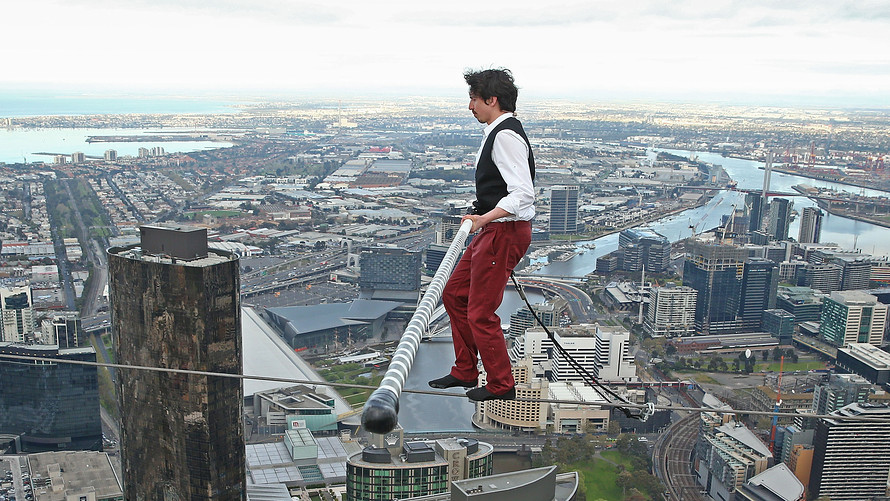
U.S. stocks have been resurgent — Thursday’s bearish action notwithstanding — but a gauge of stock-market volatility, known as Wall Street’s fear gauge, has held above a key level for the longest span since 2012, according to one market technician.
The Cboe Volatility Index VIX, +2.75% which uses S&P 500 SPX, -0.94% options to measure trader expectations for volatility over the coming 30-day period and is often referenced as a guide to the level of investor fear, has shed nearly 60% of its value since spiking to 36.07 during the worst trading for stocks on the session before Christmas on record. The gauge tends to, but does not always, fall as markets climb, and vice versa.
However, the VIX was recently trading at 17.58, up 14.3% on Thursday as the S&P 500, the Dow Jones Industrial Average DJIA, -0.87% and the Nasdaq Composite Index COMP, -1.18% were on the verge of their steepest losses in weeks, amid a one-two punch of fresh uncertainties around a quick trade-war resolution between Beijing and Washington and signs of anemic economic growth outside of the U.S. That condition has helped to accelerate gains for the VIX, which had already shown signs of buoyancy.
By Frank Cappelleri’s count, the VIX has maintained a level above 15 for the longest stretch since 2012. According to Dow Jones Market Data, the VIX is on track to close above 15 for the longest stretch, 84 days inclusive of Thursday, since a 95-session period ended Aug. 9, 2012.
A level above 15 may sound like an arbitrary figure, since the VIX’s historical mean is 19.28 and its median stands at 17.42, but Cappelleri, an executive director and senior equity sales trader at brokerage Instinet, said 15 has represented a point of resistance for the fear gauge in the past year or two and now represents the index’s support level. “Fifteen is an area or zone that it seemed to have trouble staying above last year,” he said.
The Instinet trader says that what is striking to him about the gauge is the muted decline by the VIX, given that all three main equity benchmarks had put in gains of at least 16% since their December 24 lows, according to FactSet data.
“[T]he real story has been how tame the continued drop in volatility has been over the last six weeks,” Cappelleri wrote in a separate Thursday afternoon research note to clients. He said one gauge of the muted moves in the VIX is the VVIX, a measure of swings in the VIX itself, has been muted during the broader market’s ascent, trading at 85.38, not far from its 50-day moving average at 89.76.
“We can measure this via the VVIX (Volatility of Volatility). It’s back to levels last seen in the middle of 2017. Yes, that was one of the calmest market advances in history,” Cappelleri said.
What this may add up to is the likelihood that the VIX is set to experience a more pronounced pop, which typically correlates with a downdraft for stocks.
“Volatility has gotten so depressed that to some it means we are in the this calm advance, but I think it is the opposite,” Cappelleri said. “There are enough indicators to suggest that we shouldn’t be surprised to [see the market move a few percentage points] down.”
However, Jim Carney CEO of hedge fund Parplus Partners, said he’s optimistic about the market’s outlook because he thinks that investors are eager to get back into equities after the losses that took hold in the closing months of 2018. “Basically, there’s a huge amount of money on the sidelines, and there’s a reason there’s a lot of money on the sidelines because there’s uncertainty,” he said.
Carney said VIX’s elevated levels reflect uncertainties about trade disputes, economic growth and central-bank policy, among other factors. “I think there’s going to be a lot of chop in the market,” the hedge-fund manager said.
























